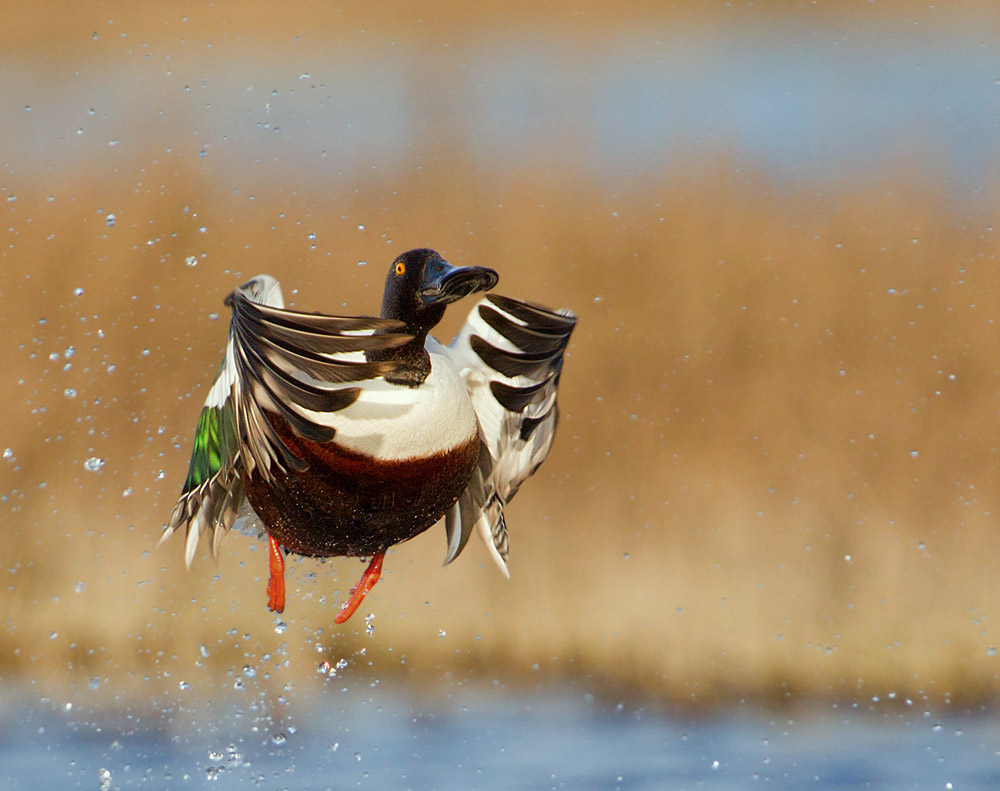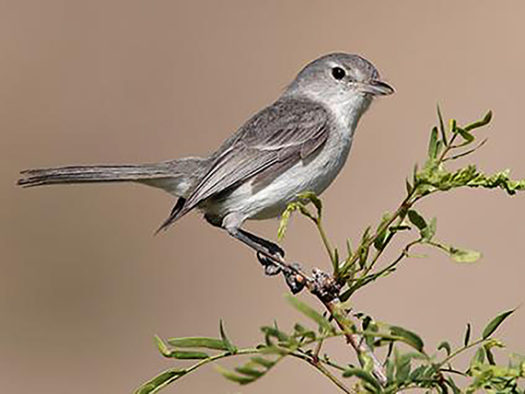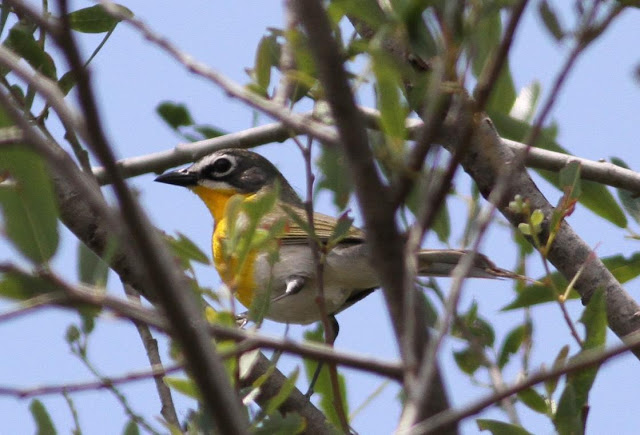San Elijo Lagoon Inlet Facing Possible Closure
Follow ( 0 Followers ) X Follow E-mail : * Follow Unfollow

Birds are going to have even more refuge zones for climate change impacts in the Escondido Creek watershed. We will soon be at work restoring a diverse range of habitats that host migratory birds who rest and refuel in wetlands during spring and fall migrations.
Our project area is 84 acres within the Carlsbad Hydrologic Unit in North County, and includes an important portion of the Escondido Creek watershed.
Invasive plant removal will occur in the Escondido Creek. Removal of eucalyptus tree, tamarisk, and Canary Island palm will improve habitat corridors and connectivity with resiliency to climate change; and reduce fire hazard associated with volatile invasive trees, such as gum tree, another species in the eucalyptus family.
Wildlife habitat restoration will occur over approximately 25 acres of the project area. An amazing diversity of plant communities will be improved and restored including: alkali marsh, coastal and valley freshwater marsh, riparian woodland, southern cottonwood-willow riparian forest, southern riparian scrub and southern sycamore-alder riparian woodland.
This project is about helping species vulnerable to habitat loss due to fragmentation with urban development, projected sea level rise, and alterations in vegetation with our changing climate.
Why? We are helping some pretty cool birds (with some cool names)!
Envision higher quality riparian woodland and riparian scrub habitat for the federal and state endangered Least Bell’s Vireo, Southwestern Willow Flycatcher, Yellow-breasted Chat, Bullock’s Oriole, Swainson’s Thrush, Yellow Warbler and Orange-crowned Warbler.

Above: Least Bell’s Vireos live in watery, riparian areas in the reserve in summer; Mexico and Central America in winter. They are tricky to see, but easier to hear! Listen for its chatty song that ends once on an up-note, and then on a down-note.

Above: Yellow breasted Chat (photo by Jo Quinn)
In summer, they nest in riparian woodlands. Come winter, they fly to Mexico and Central America. You can see how they pick insects, especially moth and butterfly larvae, off leaves and branches of low shrubs and sift through leaf-litter on the ground, sometimes holding food with its feet.
We are reducing fire hazards and increasing water flow in natural creek drainage pathways.
The project sites are identified by CalFire as priority landscapes where wildfire threatens protected plant and animal habitat. Portions of the project are also considered very high fire hazard areas threatening community safety.
In this Pacific Flyway Conservation plan, we have a goal to maximize water availability in the Escondido Creek and side drainages by reducing water loss associated with the impacts of invasive species that will out-compete indigenous plants for water.
Nature Collective, with our partner the California Wildlife Conservation Board in this multi-year project, will help to protect, restore, and enhance migratory bird habitat. Our wildlife habitat restoration efforts will result in improved migratory bird diversity, with habitat quality and connectivity.
This benefits all of us: plants + animals + people!
Donations are welcome of any amount to support your award-winning organization!
Thank you for joining in our vision to connect everyone with the outdoors and their experiences for the protection of nature, always.
Cover Image: Northern Shoveler ducks arrive by winter from the wetlands of the Great Plains. (Photo by Chris Mayne)
Follow ( 0 Followers ) X Follow E-mail : * Follow Unfollow
Follow ( 0 Followers ) X Follow E-mail : * Follow Unfollow